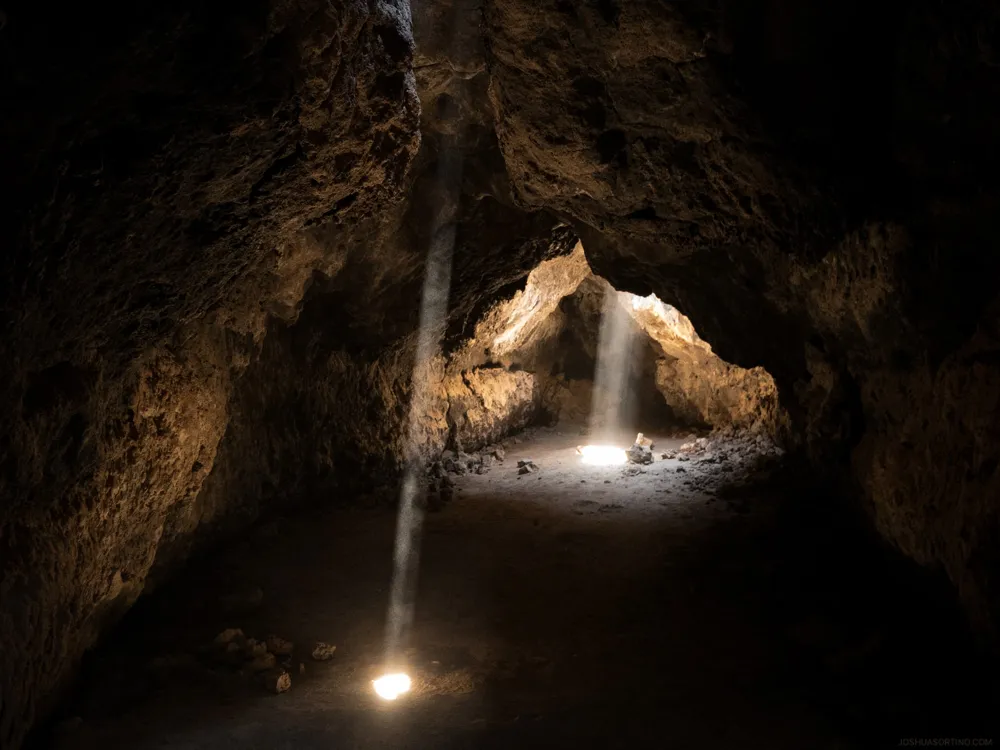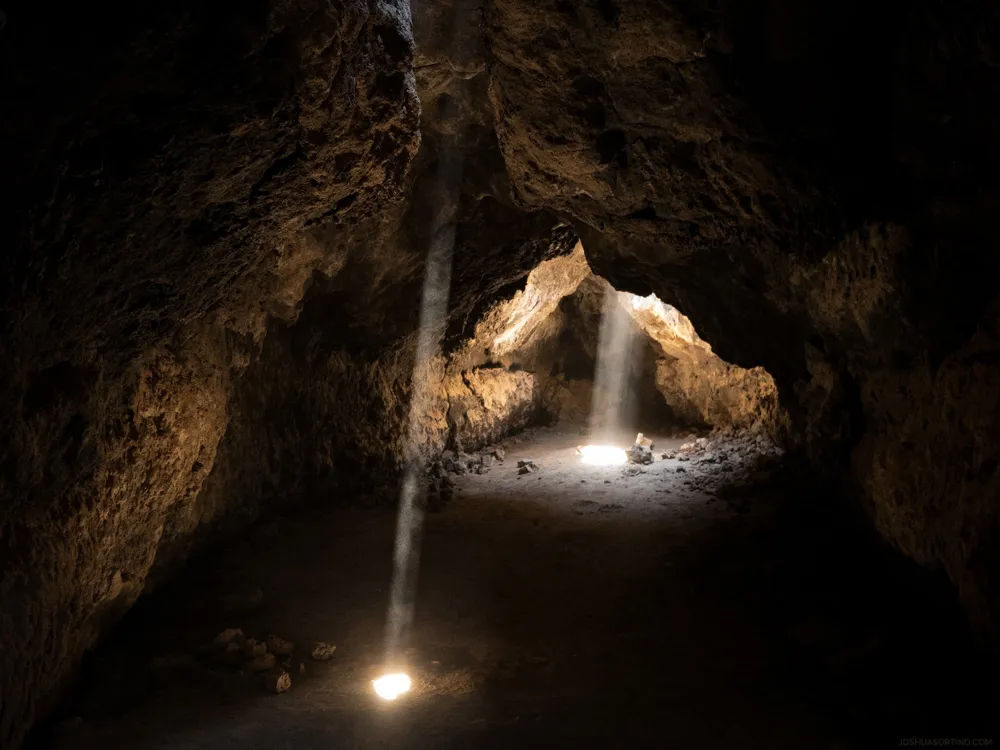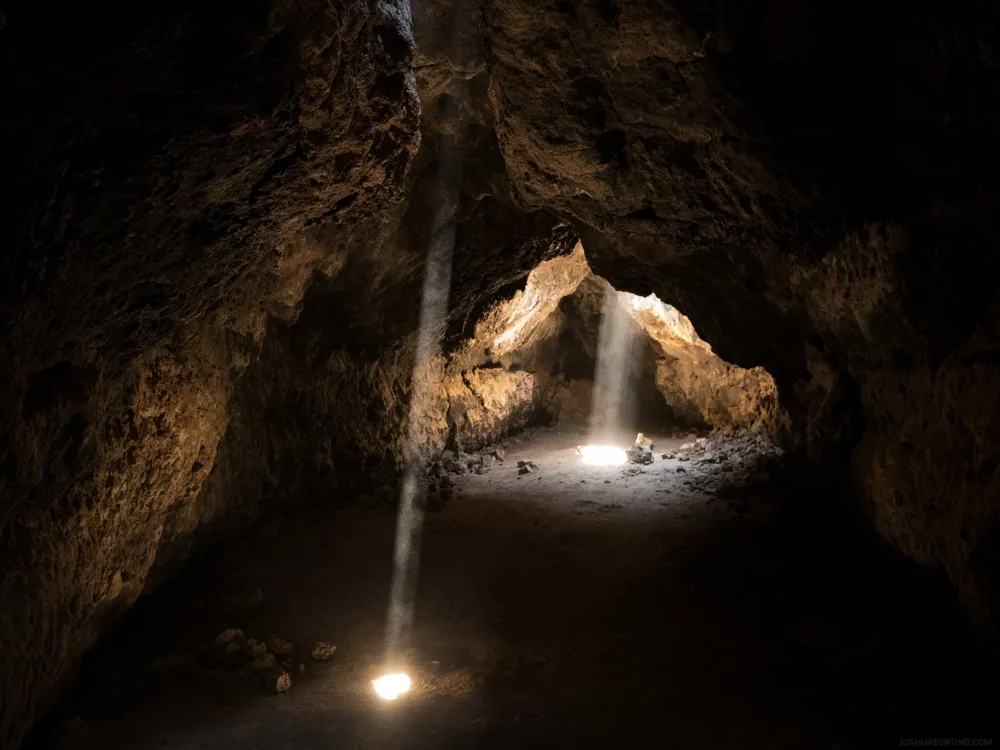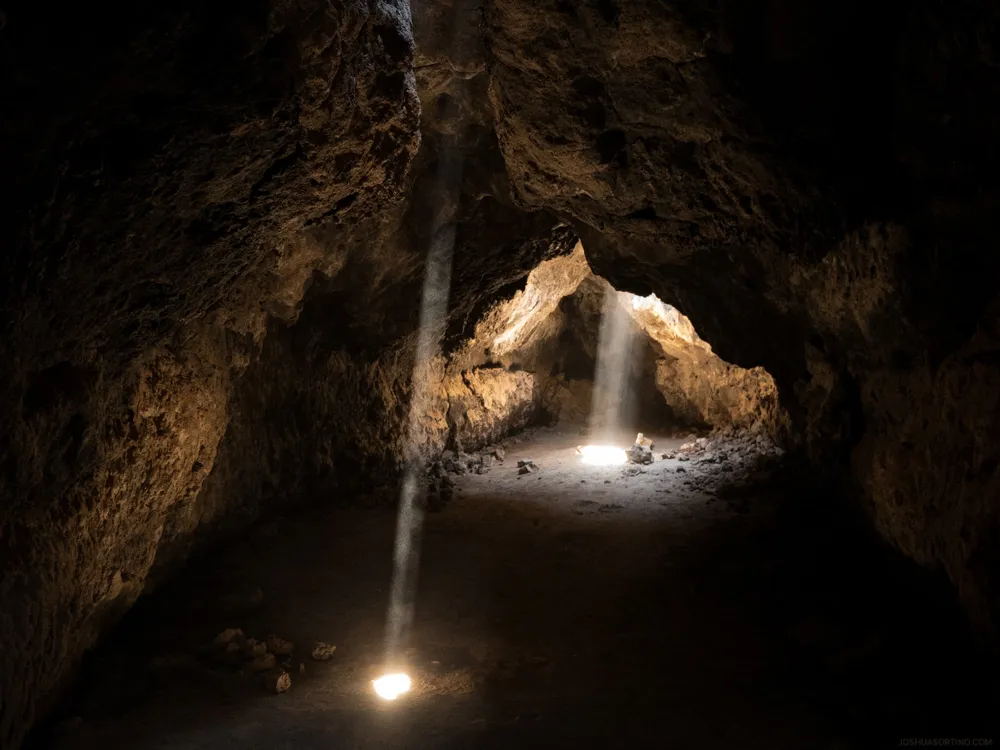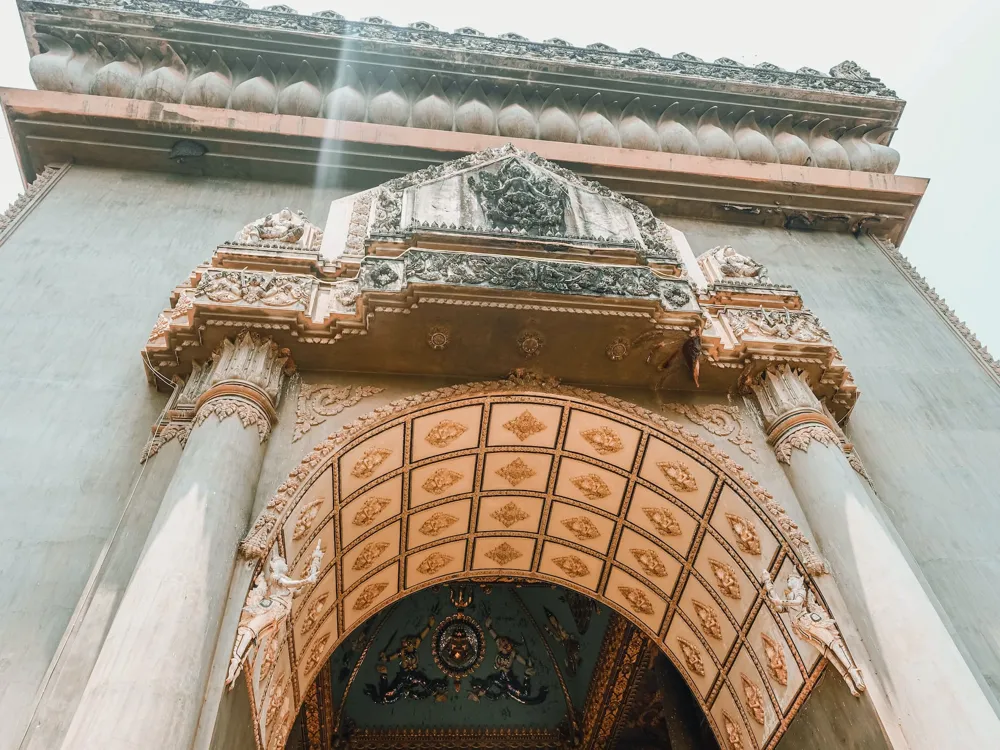Discovered in 2009, Son Doong Cave is a natural wonder nestled in the heart of Phong Nha-Ke Bang National Park in Vietnam. It's the largest cave in the world, a title that comes not just from its size but also the mystique it holds within its colossal chambers. The cave was formed two to five million years ago by river water eroding away the limestone underneath the mountain. It stretches over 5 kilometers long, with sections reaching up to 200 meters tall and 150 meters wide. Entering Son Doong Cave is like stepping into another world. The cave's ecosystem is unique, with its own localized weather system. Inside, you'll find the tallest stalagmites in the world, towering up to 70 meters high. The cave is so large it has its own river, jungle, and climate. Adventurers have even observed clouds forming inside the cave, creating a surreal and ethereal atmosphere. But Son Doong is more than just its size. The cave is a haven for biodiversity. It houses numerous endemic species and a unique ecosystem, with some parts of the cave having distinct environments due to the variations in light and temperature. The lush green jungle inside the cave, known as the Garden of Edam, is a sight to behold, with a rich diversity of flora and fauna. The sunlight streaming in from the dolines (sinkholes) creates a magical effect, fostering life in this subterranean world. The architecture of Son Doong Cave is a marvel of natural formation. The cave's massive size and unique features have been shaped over millions of years by water erosion, tectonic movements, and limestone dissolution. One of the most striking features of Son Doong is its enormous dolines, or sinkholes, that have collapsed, allowing sunlight to penetrate deep into the cave, creating opportunities for life to flourish. The main passage of Son Doong Cave is the largest cave passage in the world by volume. Walking through it, one can't help but feel awe at the sheer scale of the cave. The stalagmites and stalactites within the cave are monumental, some reaching as high as 70 meters. These geological formations are not just significant in size but also in their variety of shapes and colors, offering an otherworldly landscape. Another fascinating aspect of the cave's architecture is the 'Great Wall of Vietnam', a calcite barrier that blocks the end of the cave. Climbing over it is one of the highlights of exploring Son Doong, as it offers a vantage point to witness the enormity of the cave's chambers. Further exploration reveals pearls of cave, fossil passages, and ancient cave formations, each telling a story of the Earth's geological history. Visiting Son Doong Cave requires good physical fitness. Prepare by undertaking cardio and endurance exercises months before your trip. Trekking and climbing experience are beneficial, as the journey involves traversing rugged terrain and steep inclines. Wear comfortable, quick-drying clothing and sturdy trekking shoes. It's advisable to bring a waterproof jacket, as the cave's climate can be unpredictable. Headlamps, helmets, and gloves are essential for safe cave exploration. Access to Son Doong Cave is restricted and can only be visited with a licensed tour operator. Booking in advance is necessary, as trips are limited and in high demand. Ensure that your tour includes experienced guides familiar with the cave's terrain. Reaching Son Doong Cave is an adventure in itself. The closest airport is in Dong Hoi, from where you can travel to Phong Nha-Ke Bang National Park by bus or taxi. The journey from the park to the entrance of Son Doong Cave involves a combination of trekking, river crossing, and jungle navigation. It's a challenging yet rewarding experience, immersing you in the stunning natural beauty of Vietnam's landscapes. Read More: Phong Nha Ke Bang National Park Tourism Best Time to Visit Phong Nha Ke Bang National ParkOverview of Son Doong Cave in Phong Nha-Ke Bang National Park
Architecture of Son Doong Cave
Tips When Visiting Son Doong Cave
Preparation and Fitness
Equipment and Clothing
Travel and Guide Services
How To Reach Son Doong Cave
Son Doong Cave
Phong Nha Ke Bang National Park
NaN onwards
View phong-nha-ke-bang-national-park Packages
Weather :
Tags : Cave
Time Required : 2 hours (day tour)
4-5 days (full tour)
Entry Fee : Guided tour (group) - USD 3000 per person (includes national park fee)
Planning a Trip? Ask Your Question
Phong-nha-ke-bang-national-park Travel Packages
View All Packages For Phong-nha-ke-bang-national-park
Top Hotel Collections for Phong-nha-ke-bang-national-park

Private Pool

Luxury Hotels

5-Star Hotels

Pet Friendly
Top Hotels Near Phong-nha-ke-bang-national-park
Other Top Ranking Places In Phong-nha-ke-bang-national-park
View All Places To Visit In phong-nha-ke-bang-national-park
View phong-nha-ke-bang-national-park Packages
Weather :
Tags : Cave
Time Required : 2 hours (day tour)
4-5 days (full tour)
Entry Fee : Guided tour (group) - USD 3000 per person (includes national park fee)
Planning a Trip? Ask Your Question
Phong-nha-ke-bang-national-park Travel Packages
View All Packages For Phong-nha-ke-bang-national-park
Top Hotel Collections for Phong-nha-ke-bang-national-park

Private Pool

Luxury Hotels

5-Star Hotels

Pet Friendly







